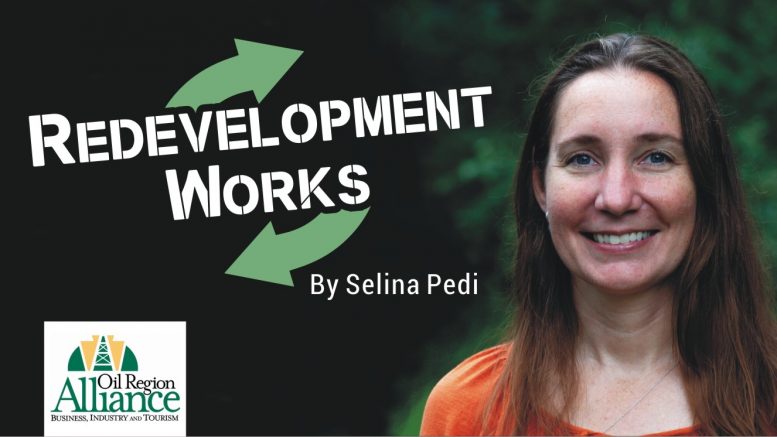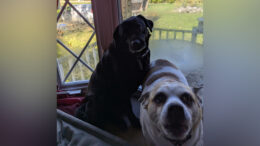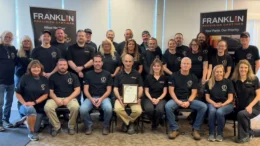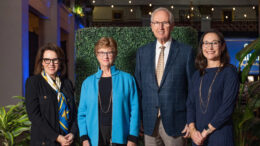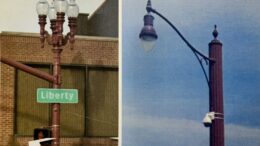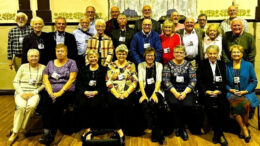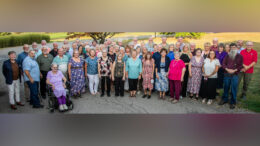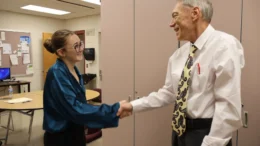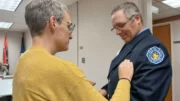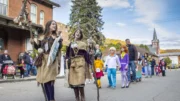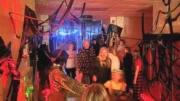Last week we talked about differing realities, and how they can complicate the important work of relationship-building between redevelopment partners. This week we’re going to explore how those differing realities can actually benefit the process of developing large-scale, holistic solutions to systemic issues – by taking a brief look at fashion.
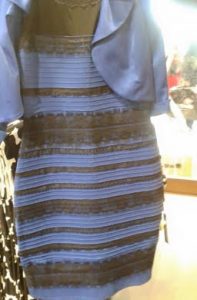 You may remember, way back in 2015, when a photograph of a certain dress took the internet by storm. It was a striped dress, and about half the folks who looked at the photo were completely certain it was white and gold, and the other half was dead-set that it was blue and black. For about a week the dress and the color debate dominated social media, talk shows, and even many news programs. People didn’t exactly get into fisticuffs over the issue, but it sure did rile folks up and spark many conversations around reality and perception.
You may remember, way back in 2015, when a photograph of a certain dress took the internet by storm. It was a striped dress, and about half the folks who looked at the photo were completely certain it was white and gold, and the other half was dead-set that it was blue and black. For about a week the dress and the color debate dominated social media, talk shows, and even many news programs. People didn’t exactly get into fisticuffs over the issue, but it sure did rile folks up and spark many conversations around reality and perception.
While this particular difference in perception may seem somewhat frivolous, it highlighted a few important points. First of all, people really did see the dress as different colors – the perception of reality was truly different for different people. Neuroscientists and other researchers confirmed that individuals perceived the color of the dress differently based on a number of factors, such as gender, age, and culture. Secondly, it illuminated the entire issue of visual perception in an unprecedented manner and got people discussing the nature of perception and reality… on Twitter, even!
And that’s what can happen with any difference in perception if we let it. If we open ourselves to the fact that other people might truly see things differently than we do, then we can have a discussion that is ultimately broader and deeper than the original difference, and we can understand and respect each other – whether we end up agreeing or not. For the record, I STILL see that darn dress as white and gold, even though I know it’s supposed to be blue and black.
With less frivolous topics, such as funding, or policy, or any impactful or deeply held traditions or beliefs, it gets a bit harder to open ourselves to the perception of reality that others may hold. When it’s really important to us, we tend to fall back to the belief that everyone else just has an “opinion,” but WE know what’s what. If we take a moment to remember, though, that almost everyone feels that way, then it’s a little easier to let go of the need to be “right” all the time and move toward acceptance and understanding of differing perceptions and get down to the real issues at hand.
There’s even a system as to how folks can do this, to help make the process a little more clinical and less personal. It starts with outlining where everyone is, and where everyone wants to be. Then you fill in the blanks in the middle to see what sort of discussion or experimentation is needed to get from Point A to Point B, paying particular attention to what everyone agrees on, and building on that. White or blue, gold or black, you start with the idea that it’s a dress, and move forward from there!
Selina Pedi is the Oil Region Alliance redevelopment manager. She can be reached by email at spedi@oilregion.org.

